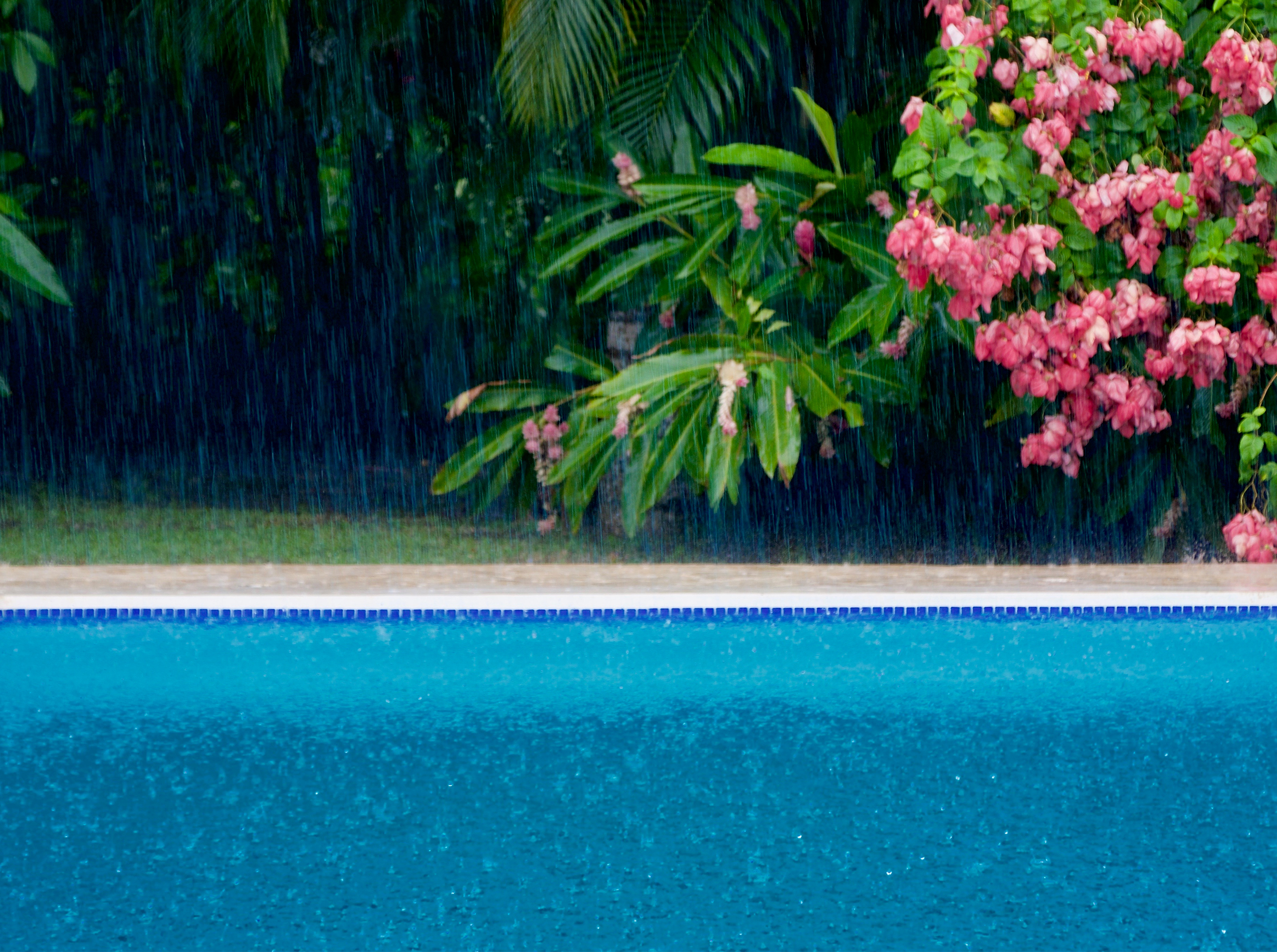Don’t let the wet weather dampen your summer swimming plans. By putting in place a number of preventative measures you can avoid greater cost and reduce the risks of having an unbalanced pool. With the summer season already kicking off with above average rainfall, according to the Bureau of Meteorology it is predicted to continue throughout summer.
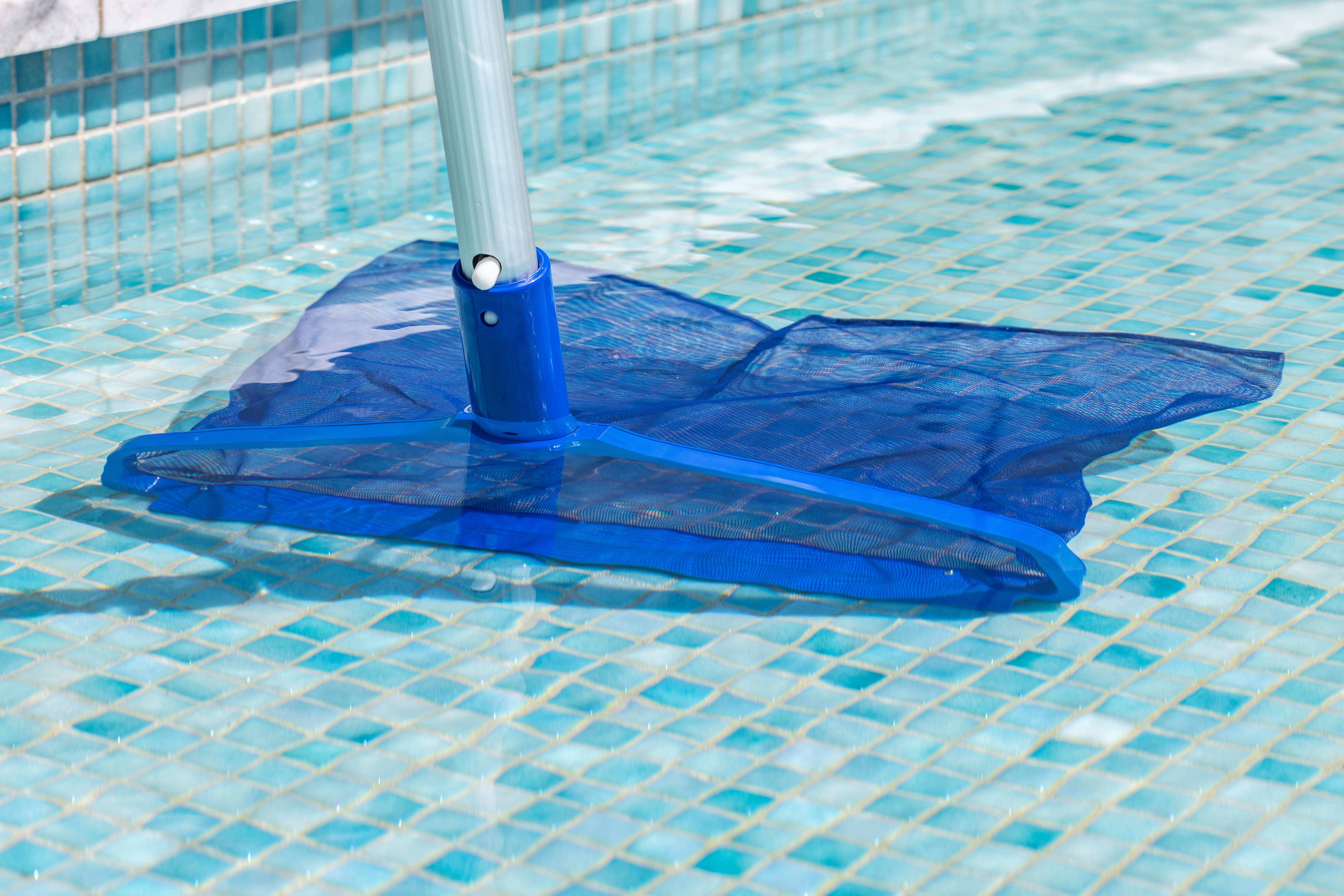 Preparation
Preparation
Before you treat the pool make sure you stay on top of any leaves, twigs or fallen debris. This should be something you regularly attend to throughout the swimming season.
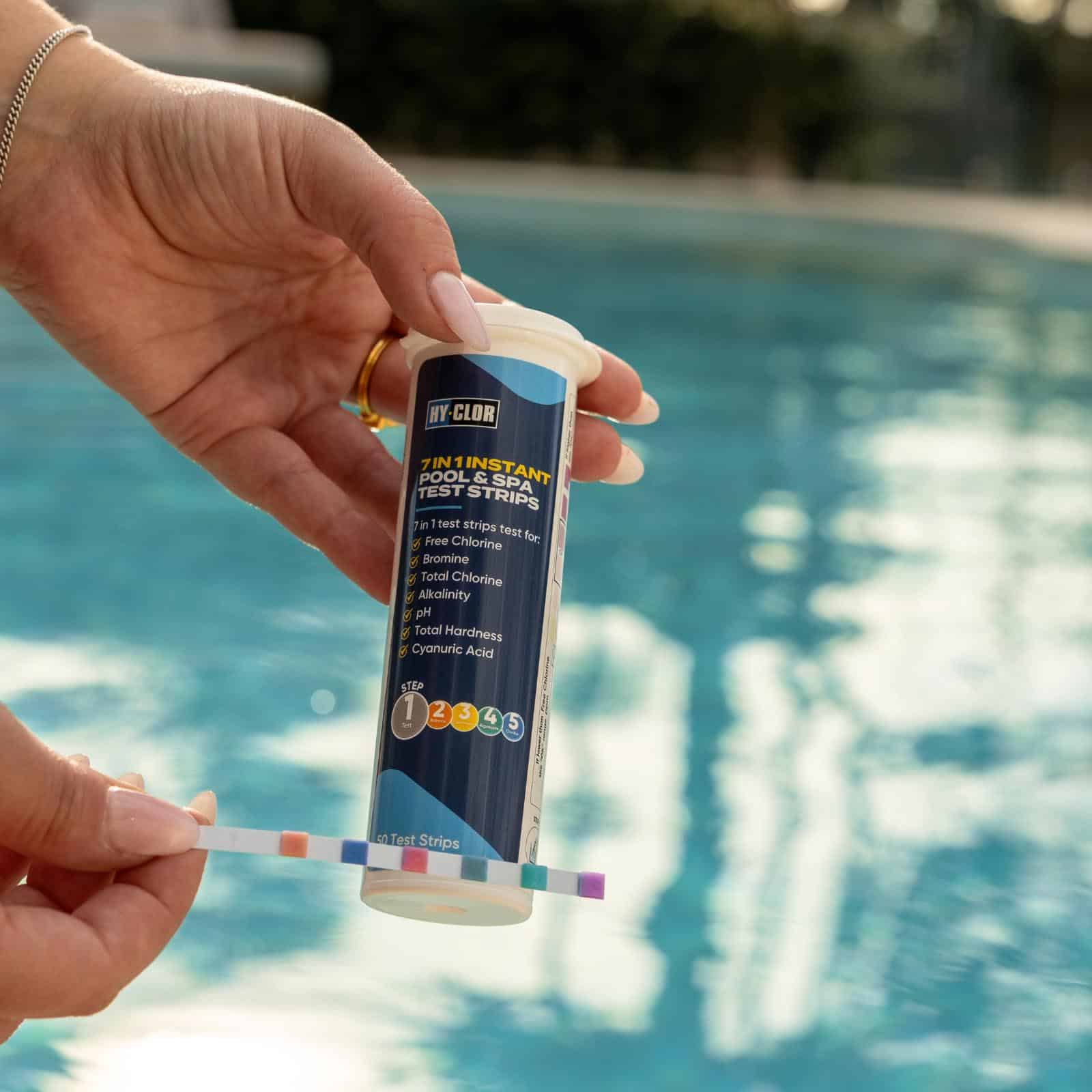 Water test
Water test
We recommend you regularly get your water tested to establish what is required to ensure your pool water is balanced. Use our free water test app available in the app store or google play store, alternatively visit your local Bunnings Warehouse to use our FREE water testing kiosk. It is vital you have the core elements of your pool water chemistry such as Sanitiser (Chlorine or Salt), pH, Total Alkalinity and Calcium Hardness at the correct levels to ensure your pool is at its best.
Preventative Maintenance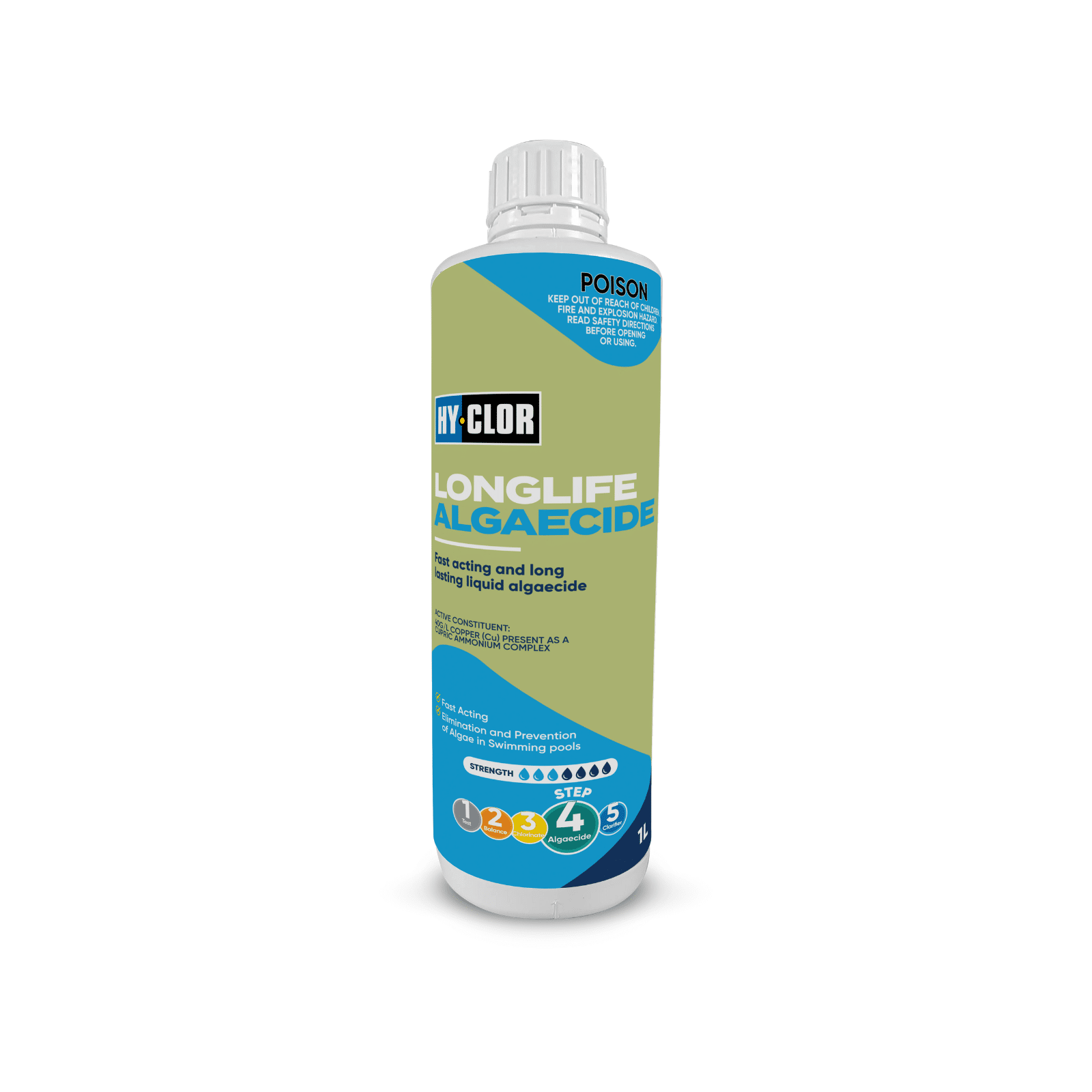
Rain washes organic matter, dirt, debris and other elements into the pool that break down into phosphates. Phosphates are what algae feeds on to grow in a similar manner to adding fertiliser and water to grass to keep it healthy and green. As a preventative measure you should add a phosphate remover to your pool weekly. Adding a weekly dosage of 225ml of the Hy-Clor phosphate remover will minimise phosphate levels from being present in your pool.
To also aid in preventing the occurrence of algae, the use of a preventative algaecide is highly recommended. The Hy-Clor long life algaecide is the perfect product for preventative maintenance and will protect a pool from algae for 6 months if used as a preventative product in a 50,000 litre pool.
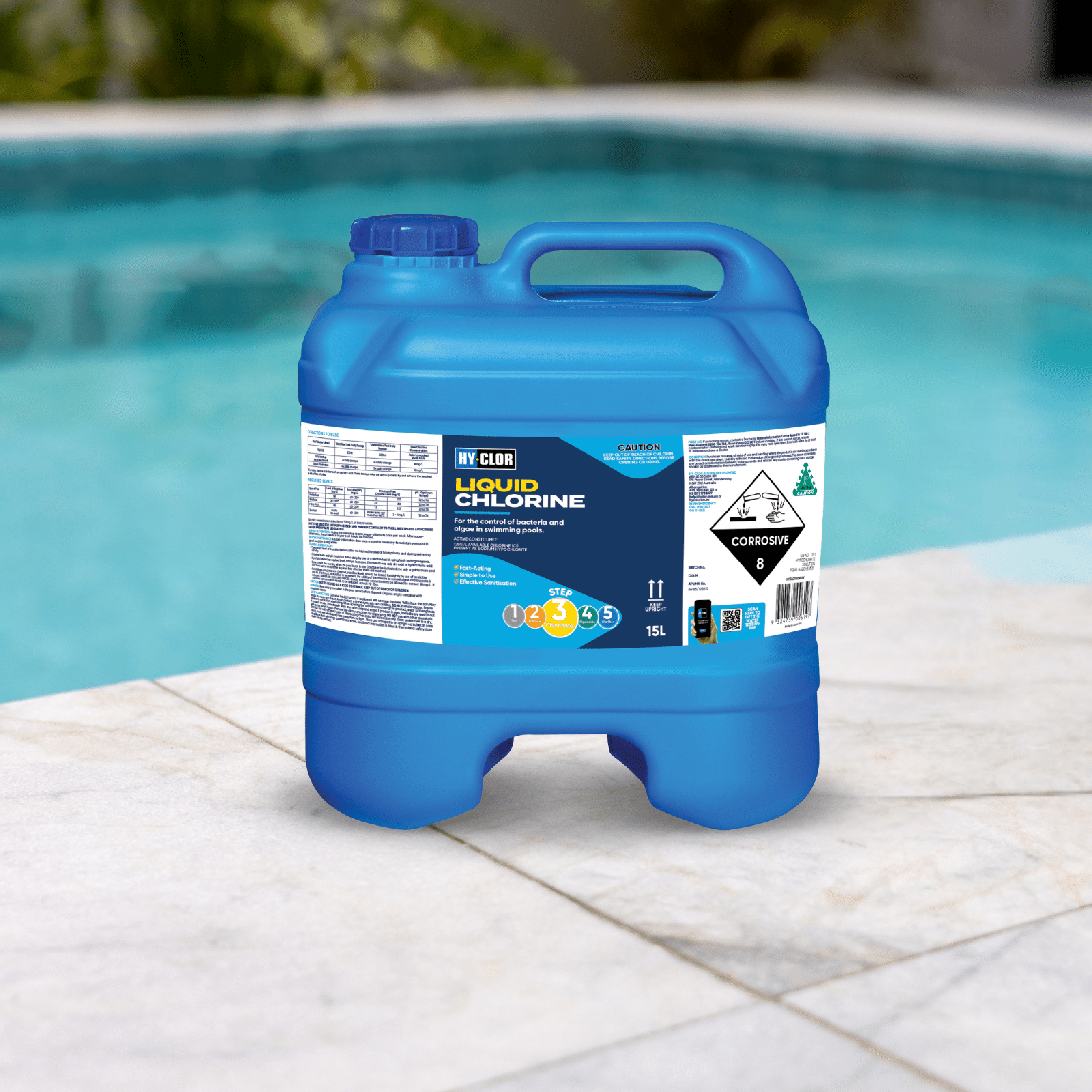 Chlorine levels
Chlorine levels
The rain dilutes all the chemicals in your pool water. It’s a bit like concentrated cordial. Once you add it to water its taste is very different. The same theory can be applied to your pool water, however, instead of it being the taste, it’s the water balance that will be affected and the first sign will be the water clarity.
To start with make sure your chlorine levels are within the correct range of 1-3ppm and your pH is between 7.2 and 7.6. If you need to top up your chlorine levels there are a number of chlorines sanitisers you can choose from.
Cloudy Water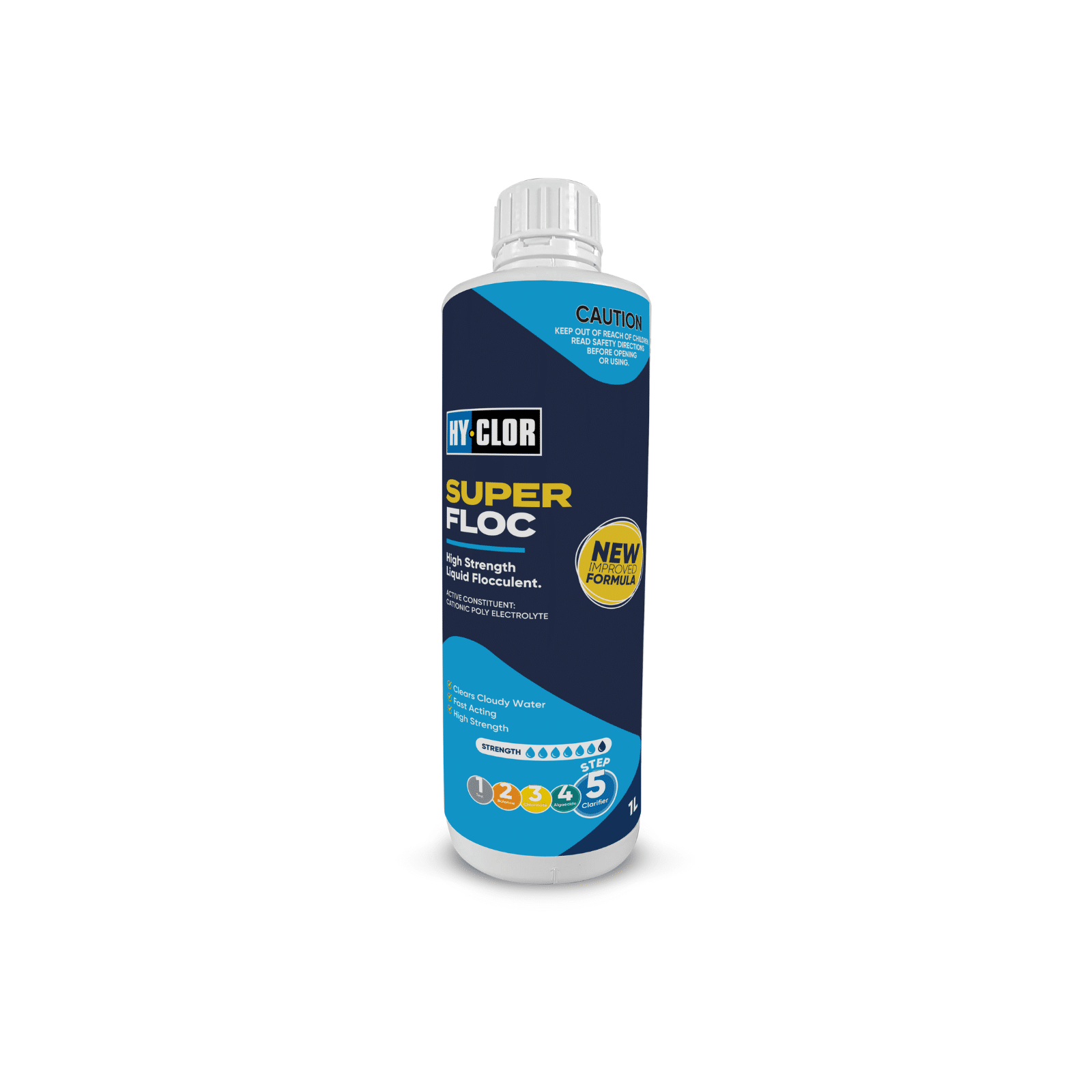
If your pool water is cloudy (you cannot see the bottom of the pool) you may need to use a flocculent such as Hy-Clor Supa Floc. This is a high strength flocculent that settles debris and organic matter to the floor so it can be vacuumed to waste.
To ensure your pool maintains its regular sparkle we recommend a monthly dose of a clarifier such as Hy-Clor Clarifier which binds the super fine particles together that the naked eye may not notice. This allows your filtration system to capture what would normally sneak through.
 Salt Levels
Salt Levels
Last but not least, check your salt levels (if you have a saltwater pool) using our salt test on the water test app or the kiosk at your local Bunnings warehouse. If you have a saltwater chlorinator it will rely on adequate levels of salt to ensure it can produce the correct amount of chlorine for your pool.



